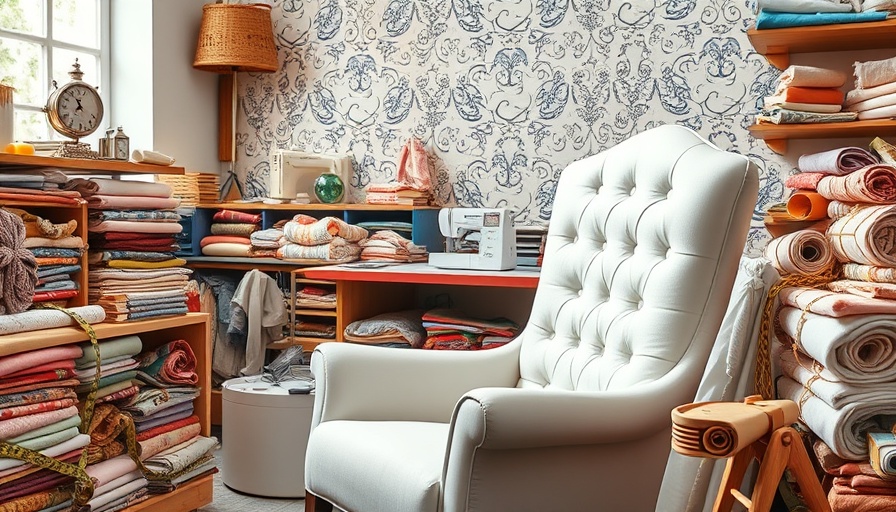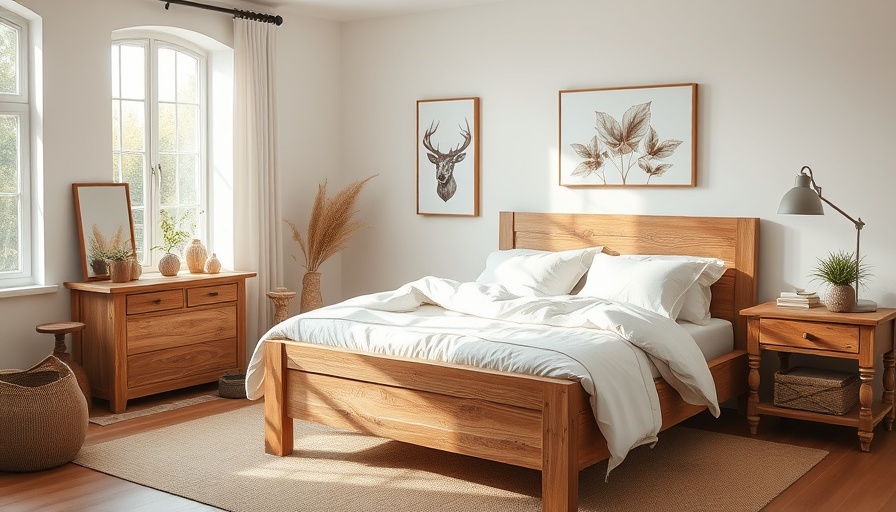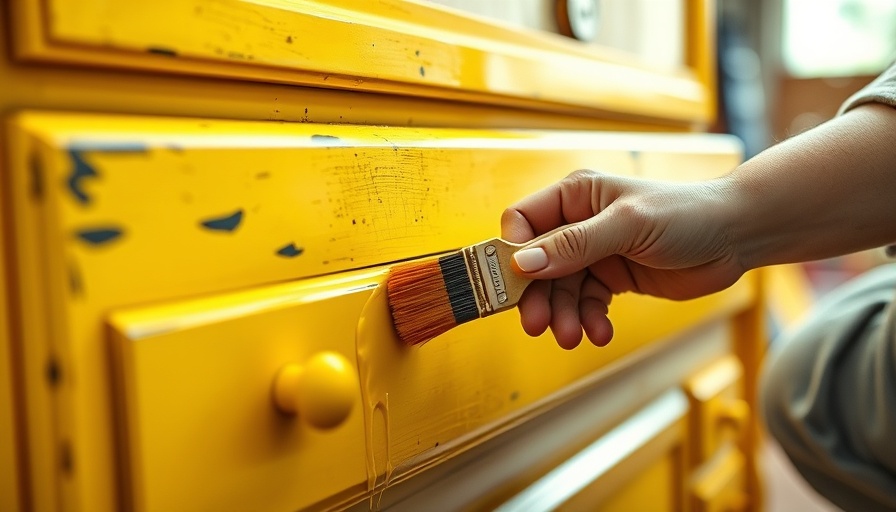
Mastering Fabric Amounts: A Guide to Your DIY Chair Upholstery
Embarking on a reupholstering project can invigorate your home, but understanding how much fabric to use is essential to completing it successfully. Whether you're updating a vintage chair or refreshing a piece from your living room, proper measurement is key. To ensure you purchase the right amount of fabric, measure your chair with accuracy and keep in mind the fabric's pattern and type.
Understanding Your Chair's Anatomy
Before heading to the fabric store, familiarize yourself with the chair's structure. Features like tufting, multiple cushions, or armrests can change the yardage you'll need. A general rule is that smaller chairs often require around 3 to 5 yards of fabric, while larger sections might need anywhere from 6 to 10 yards or more.
Selecting the Right Fabric for Your Chair
The type of fabric you choose will influence not only the total fabric yardage needed but also the end result. Natural fibers such as cotton and wool deliver comfort, whereas synthetics like polyester and nylon provide durability and maintenance ease. Consider how the fabric complements your existing decor and can handle wear over time.
Fabric Weight and Durability Considerations
When choosing fabrics, consider their weight, which indicates durability. Lighter fabrics may be perfect for decorative pillows but will not stand the test of time in high-traffic areas. In contrast, heavyweight upholstery fabrics typically exceed 15,000 double rubs, ensuring they can survive daily use.
Proceeding with Measurements: A Practical Strategy
To measure correctly, start at the chair's highest points, like the backrest, and wrap the tape around to find the circumferences of different sections. Don't neglect the seating area – it’s essential to account for cushioning and any desired overhang. Accounting for mistakes, and fabric pattern alignment adds additional yardage requirements; aim to include an extra 10-20% to your final fabric amount for best results.
The Professional Touch: When to Consider Hiring Help
If the thought of the reupholstery process feels overwhelming, consider bringing in a professional. Their expertise can ensure that not only is the right amount of fabric selected, but that it is also applied with precision, taking into account the best finishes and staples for your unique chair.
Beyond Fabric: The Emotional Connection of Reupholstery
For many homeowners, reupholstering a chair is about more than just aesthetics; it’s a way to revive beloved furniture, instilling it with a new life and story. By investing time and effort into this project, you’re contributing to a meaningful connection with your space.
Reupholstering a chair is not merely an act of restoration; it’s an opportunity to express your style, creativity, and practicality—all while saving on new furniture purchases. As you embark on this project, remember that the right amount of fabric and careful planning can lead you to create a cherished piece that embodies your unique touch.
Are you excited to breathe new life into your home? Grab a measuring tape, select your fabric, and start your reupholstering journey today!
 Add Row
Add Row  Add
Add 




Write A Comment